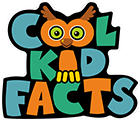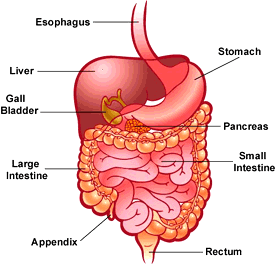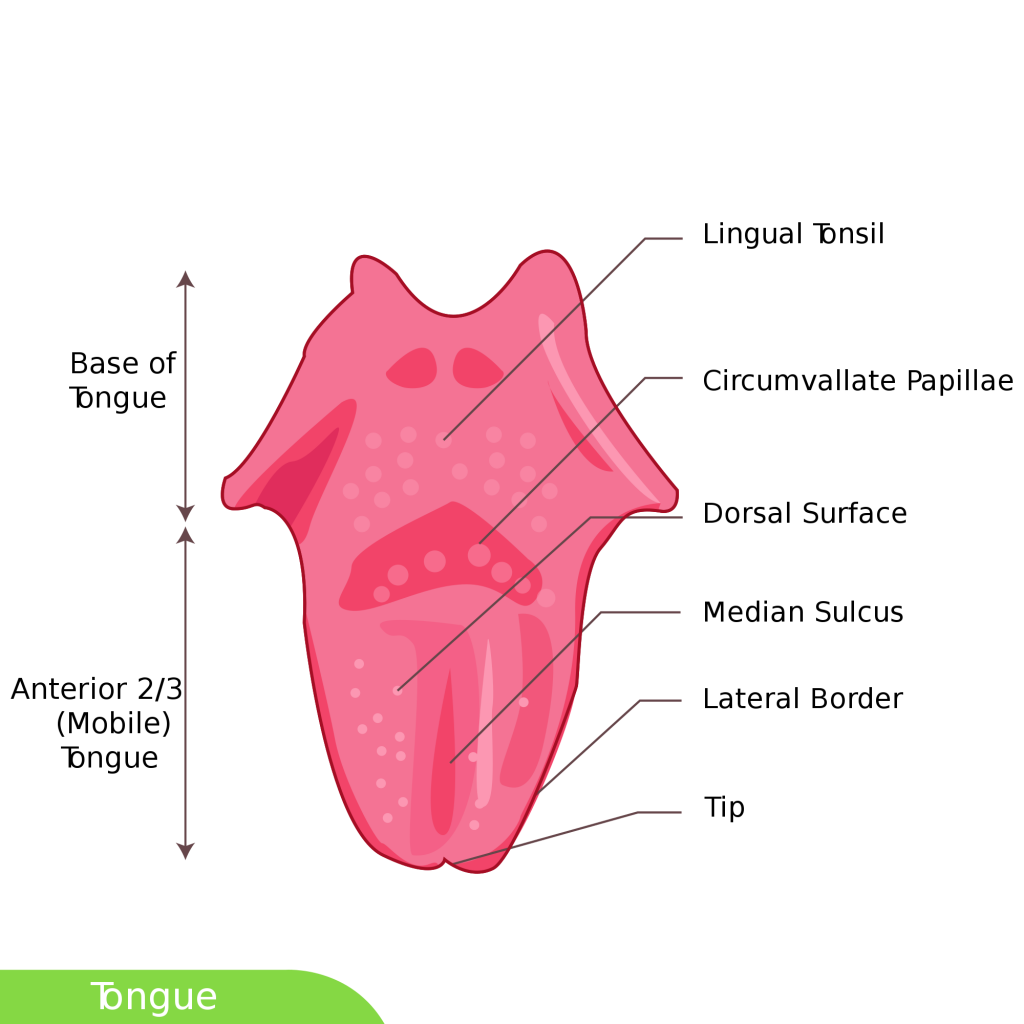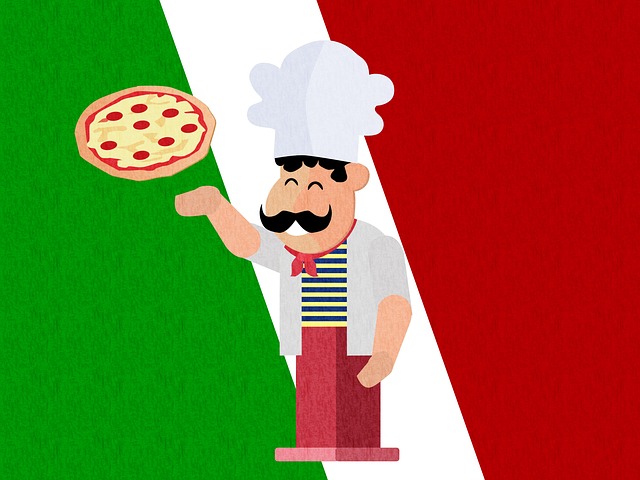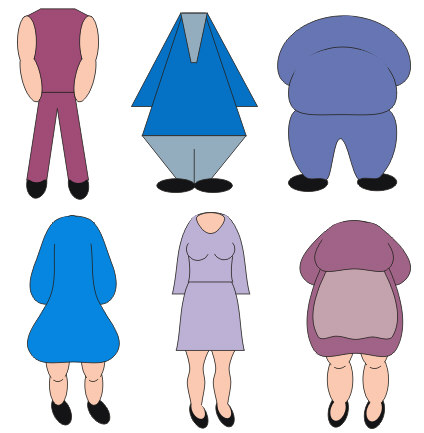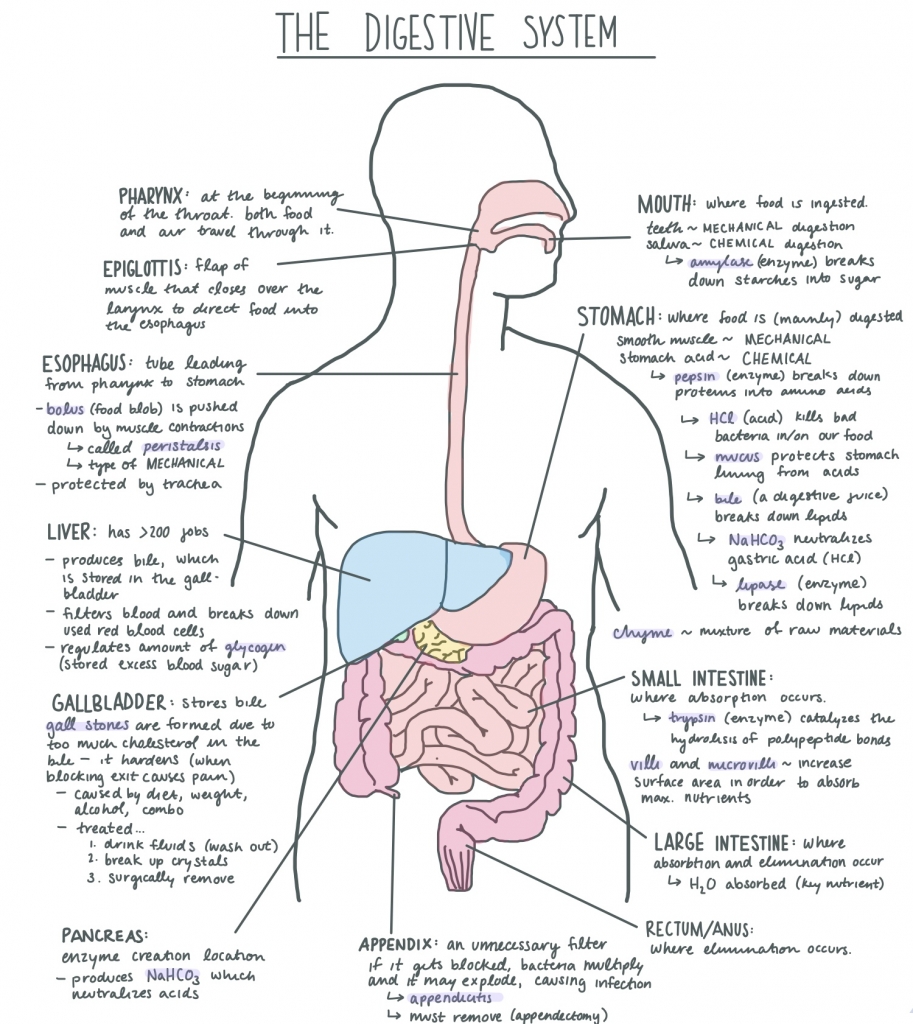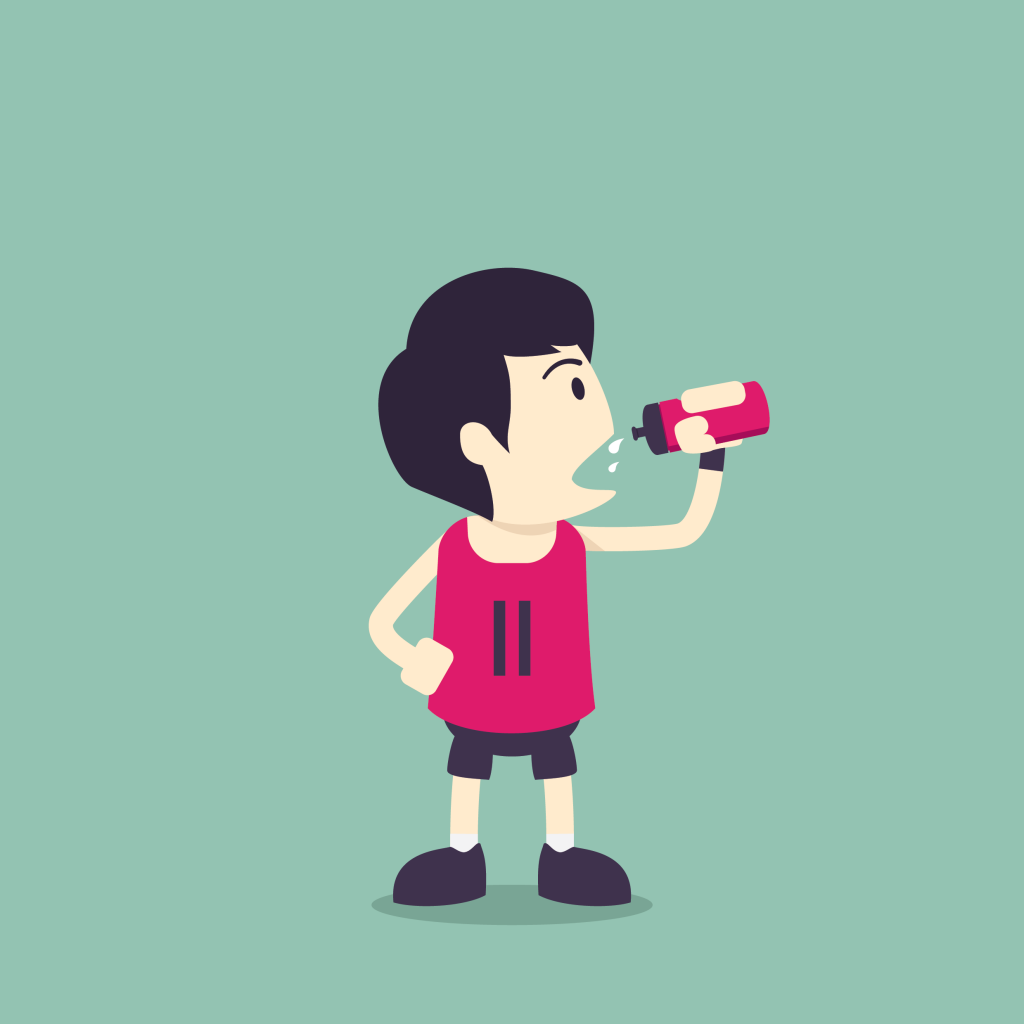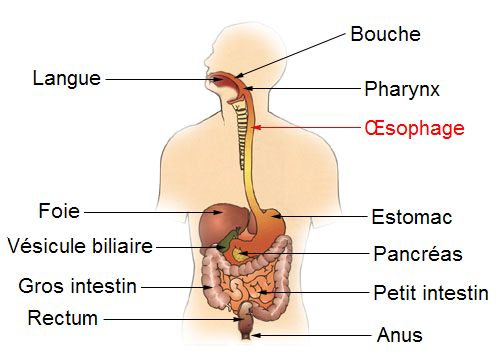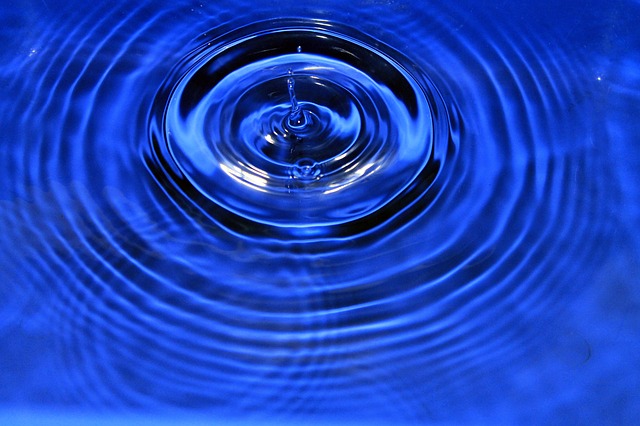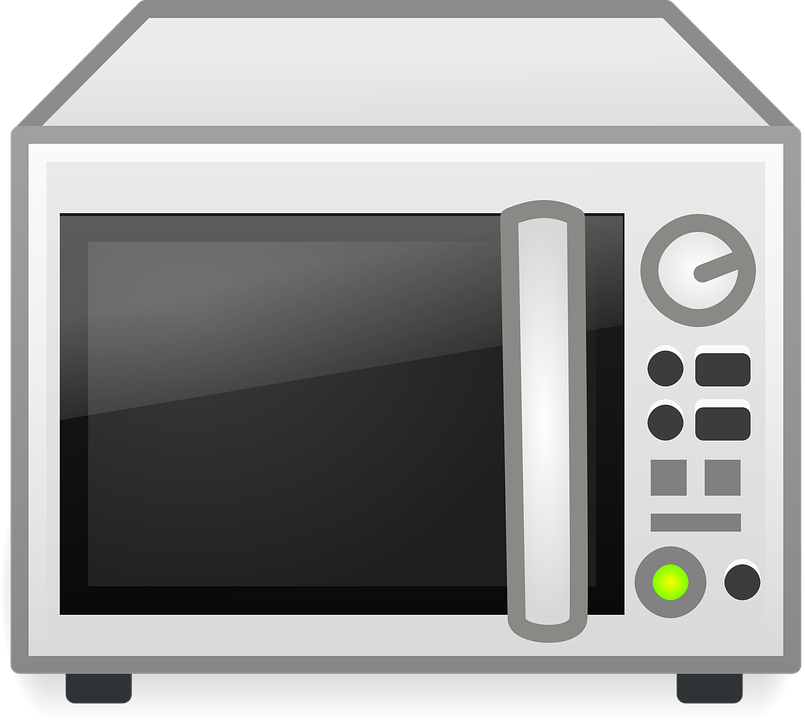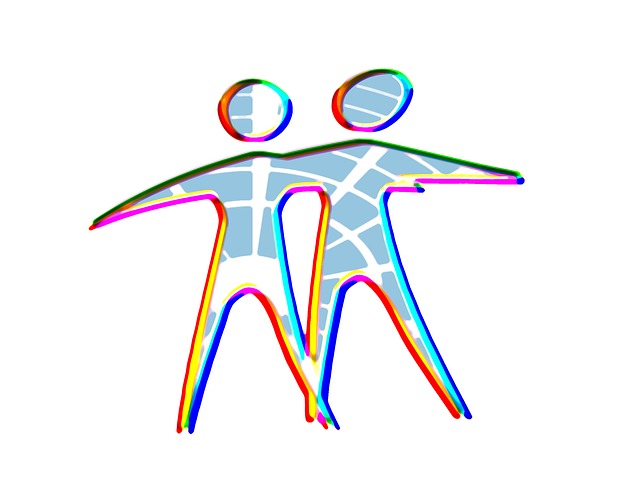Digestive System Facts for Kids
We all know that we need to eat food to survive, but how does our body take that big bowl of cereal or delicious apple and turn it into energy?
To answer that, we’ll have to take a deep dive into our body’s digestive system.
Let’s get right to it!
Digestive System in Order
As you can see, the digestive system is made up of a ton of parts! Most of these organs are located in the middle of your torso.
They work as a team to break down your food so into useful nutrients that your body can use, and each organ has its own part to play.
Esophagus
The esophagus is the food highway that takes your dinner from your mouth down into your stomach so that digestion can begin.
Stomach
Aside from telling us when we are hungry or when we are full, the stomach plays an important part in the digestion of food.
It is filled with powerful acids that break down the food into smaller pieces.
Liver
The liver creates different enzymes to help process food nutrients that are collected in the small intestine.
Gall Bladder
The gallbladder is a storage unit for all of the bile and enzymes created by the liver. It stores them until they are needed for digestion.
Pancreas
The liver doesn’t have to create enzymes alone! The pancreas is there to help. It also makes enzymes to help break down food within the small intestine.
Small Intestine
The main job for the small intestine is to absorb nutrients and minerals from food. In fact, 90% of food absorption takes place here, making it our main digestion location.
Large Intestine
This is the final destination for your food before it leaves your body as waste.
In the large intestine, any water used during digestion is reabsorbed, which causes the leftovers to harden.
Rectum
The rectum is your food’s ticket out of the body as waste.
How Food Turns Into Energy
Digestion starts the moment that you take your first bite.
The saliva (spit) in your mouth begins breaking down food while you chew.
From there, after you swallow your food and it travels down the esophagus into your stomach, it is broken down further by the stomach acids.
It is then passed to your small intestine, where most of the digestion occurs.
This process takes about six to eight hours to be completed.
Once all of the nutrients have been absorbed in the small intestine, the leftovers are moved onto the large intestine for any excess water to be removed.
Afterwards, the leftovers are expelled from the body as waste.
Digestive System Fast Facts
Here are some interesting facts about our digestive system!
It takes about seven seconds for food to travel from your mouth to your stomach.
A woman’s small intestine is longer than a man’s.
Your stomach acid would be able to dissolve metal.
If you stretched out your whole digestive system, it would be 29 feet long.
Your mouth acts like a fridge or a microwave, depending on the food you are eating, helping to heat or cool the food till it is just right for your body.
